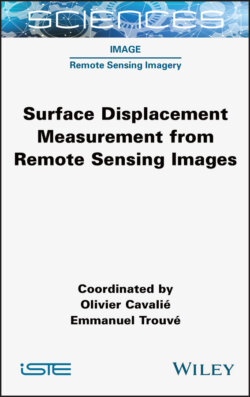Читать книгу Surface Displacement Measurement from Remote Sensing Images - Olivier Cavalie - Страница 35
1.5. Conclusion
ОглавлениеWith SAR imaging missions, free data availability, as with, for example, Sentinel-1 and future NISAR or ROSE-L missions, is of real interest for scientists in the field of displacement observations, in particular from missions with high repetitiveness and controlled orbits. For other missions, data of interest will hopefully be accessible through scientific announcements as they used to be. As for new low-cost constellations delivering X-band SAR data, the usefulness for remote sensing displacement applications is still unknown. Even if high resolution is often the highlighted improvement for these missions, the lack of systematic acquisitions over large areas reduces the potential interest of these data for ground displacements all over the Earth.
For the optical imaging missions, nowadays, many Earth observation images are available across many spectral bands and many spatial resolutions. Thanks to the Sentinel and Landsat programs, a large number of images are freely available, allowing many new applications for scientists and commercial companies. Temporal resolution becomes as important as spatial resolution. Many satellite optical missions are commercial ones, with high competition in terms of the prices of provided images, the freshness of the data and the value-added services. With some applications, the satellite image as a product becomes less important. New space actors directly provide geo-statistics services based on the aggregated satellite data. The latest generations of satellites with very high resolutions (30 cm) open the door to more precise measurements of ground displacements.
